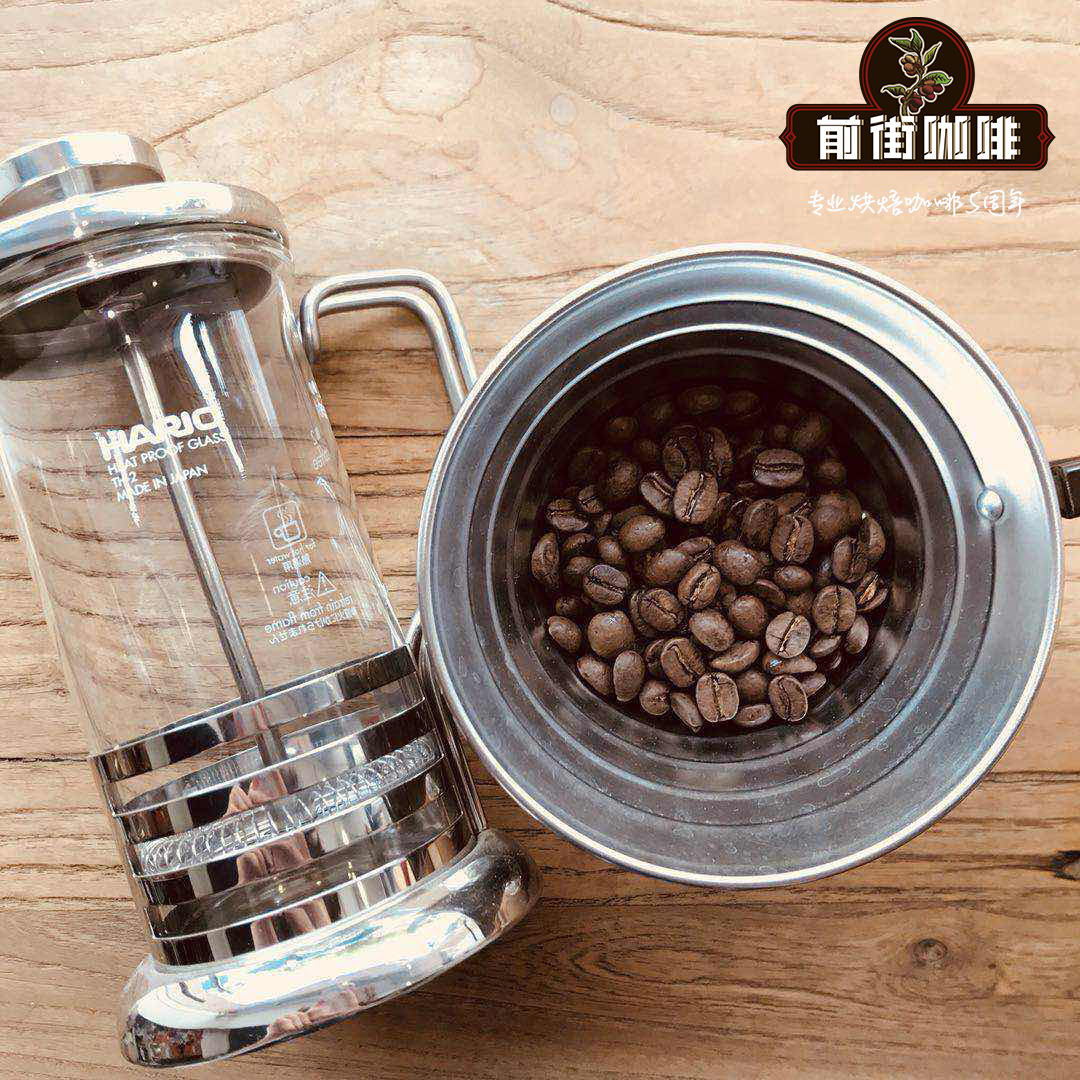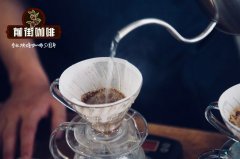What are the characteristics of coffee beans in the Columbia-Santa Mata area? Where is the flavor going?
What are the characteristics of coffee beans in the Columbia-Santa Mata area? Where is the flavor going?

Colombian coffee is widely sold among many producing countries, ranking the third largest in the world (the first is Brazilian coffee and the second is Vietnamese coffee). The main factor is that active volcanic activity has created the most fertile soil in the world. Grow coffee beans that are sweet, rich, very pleasing and easy to brew successfully. With Colombian coffee, you can enjoy a mellow atmosphere at home without going to a cafe. Whether it is pure black coffee or a variety of Colombian coffee formula coffee is a good choice. In recent years, because there is a coffee cup test competition to increase farmers' income, Colombian coffee has broken away from the old impression that it can only be used as a base coffee. Before that, it was regarded as commercial beans or base formula beans were rarely used as fine coffee alone, and the advantages and disadvantages of coffee were judged by the size of beans. In fact, this classification only represents the particle size and quality of coffee beans, which is an outdated grading system, but farms or cooperatives that grow naturally in pristine rainforests at high altitude. these are really good Colombian coffees. these farms usually produce coffee that is strong and hard, and the beans are small and turquoise.
Most of the Colombian coffee tree species are Kaddura, and the manor will plant some Tibica, bourbon and so on. Almost all administrative areas have excellent producing areas and estates. About 500000 people in Colombia work in and around coffee production. 75% of the coffee is exported to countries around the world, earning 12.5% of the total foreign exchange. Colombia's unique water washing method, after more than 10 years of research and development, has reduced water consumption by 95% and pollution by 90% (the same as women's cooperatives), not only to preserve the natural ecology, but also to increase the sense of layering of coffee beans.
Santa Marta is located in the high mountains of northern Colombia, so coffee beans are smaller than those in the south, with greenish color, higher moisture content and cleaner taste. The picture below shows coffee beans from southern Colombia, where coffee beans are larger and yellowish brown. Lower moisture content, more mellow taste, located in the north near the Caribbean, the SIERRA NEVADA Mountains is a protected national park, in the early years this area was the largest producer of cocaine, the United States government invested 1 billion dollars to allow the Colombian government to remove the local cocaine into a protected area, coffee farmers used to be mostly drug dealers and guerrilla fighters The Fair Trade Association (F.T) and the United States Department of Agriculture (U.S.D.A) mentoring them to grow coffee and ensuring that the purchase price of coffee benefits farmers' families, the Santa Marta area is located in the Sierra Nevada range of 3300 to 4300 feet above sea level, and coffee is grown in fully shaded primeval forests. Direct Coffee, which was newly harvested in April 2010, is an organic bean certified by the Fair Trade Association (F.T) and the United States Department of Agriculture (U.S.D.A). In Taiwan, it is certified as an organic raw bean (organic label number is 099-1064-00002) by the North District Branch of the Agriculture and Food Administration.
Santa Marta (Santa Marta) coffee beans are the end of shallow roasting of organic beans certified by the Fair Trade Association (F.T) and the United States Department of Agriculture (U.S.D.A) (City): ground beans are aromas of nutty almonds, brewed with aromas of vanilla and wheat, and Colombian coffee has little crisp, earthy green plum acid. Light roasted taste smooth, clean and low complexity without traditional Colombian coffee woody flavor is similar to Costa Rican Tarazu coffee, the finish is still traditional special blueberry sweet.
60 seconds after baking (Full City-): like to keep Santa Mata coffee beans a little more glossy and smooth at this baking degree, with a hint of blueberry jam, smooth and unastringent Kaka acidity, and a sweet finish with maple syrup.
Re-baking second burst (Full City): hazelnut chocolate aroma, maple syrup or toffee taste very smooth will not feel particularly full-bodied, so the sweet spread of raisins on the tongue will not produce a dry and bitter condition, as the coffee temperature gradually drops, the blueberry flavor and sugar are sweeter and sweeter as a whole.
Overall comments: the coffee produced in the north has been moving towards reducing the traditional woody and rustic flavor, and there are two major trends with Nalinglong and St. Augustine in the south to defend orthodoxy. For a while, I hope to drink Colombian coffee with clean and elegant temperament. Sometimes I hope to taste a taste bud that directly hits you and tells you that Colombian coffee is woody and rustic. Colombian coffee is such a lovely coffee bean.
Important Notice :
前街咖啡 FrontStreet Coffee has moved to new addredd:
FrontStreet Coffee Address: 315,Donghua East Road,GuangZhou
Tel:020 38364473
- Prev

Colombia-Tolima Ezekiel Cooperative Features and Flavors? Is it good?
Colombia-Tolima Acedga Cooperative Coffee Bean Characteristics and Flavors? Is it good? Colombia coffee is the most widely sold coffee producer in the world, ranking third in the world (Brazil first, Vietnam second). The main factor is active volcanic activity, which makes the world's most fertile soil, sweet and strong
- Next

How's Colombia Vera? How's the flavor? How do I make it taste good?
How's Colombia Vera? How's the flavor? Origin: Vera Production geographical environment: 1500-1800 meters above sea level Processing method: washing fermentation taste special flavor: bitter heavy, sour moderate, rich flavor Colombia Vera (Colombia huila), is the top of Colombia fine. It's balanced, it's recognized as the best coffee, it's Columbian.
Related
- Detailed explanation of Jadeite planting Land in Panamanian Jadeite Manor introduction to the grading system of Jadeite competitive bidding, Red bid, Green bid and Rose Summer
- Story of Coffee planting in Brenka region of Costa Rica Stonehenge Manor anaerobic heavy honey treatment of flavor mouth
- What's on the barrel of Blue Mountain Coffee beans?
- Can American coffee also pull flowers? How to use hot American style to pull out a good-looking pattern?
- Can you make a cold extract with coffee beans? What is the right proportion for cold-extracted coffee formula?
- Indonesian PWN Gold Mandrine Coffee Origin Features Flavor How to Chong? Mandolin coffee is American.
- A brief introduction to the flavor characteristics of Brazilian yellow bourbon coffee beans
- What is the effect of different water quality on the flavor of cold-extracted coffee? What kind of water is best for brewing coffee?
- Why do you think of Rose Summer whenever you mention Panamanian coffee?
- Introduction to the characteristics of authentic blue mountain coffee bean producing areas? What is the CIB Coffee Authority in Jamaica?

